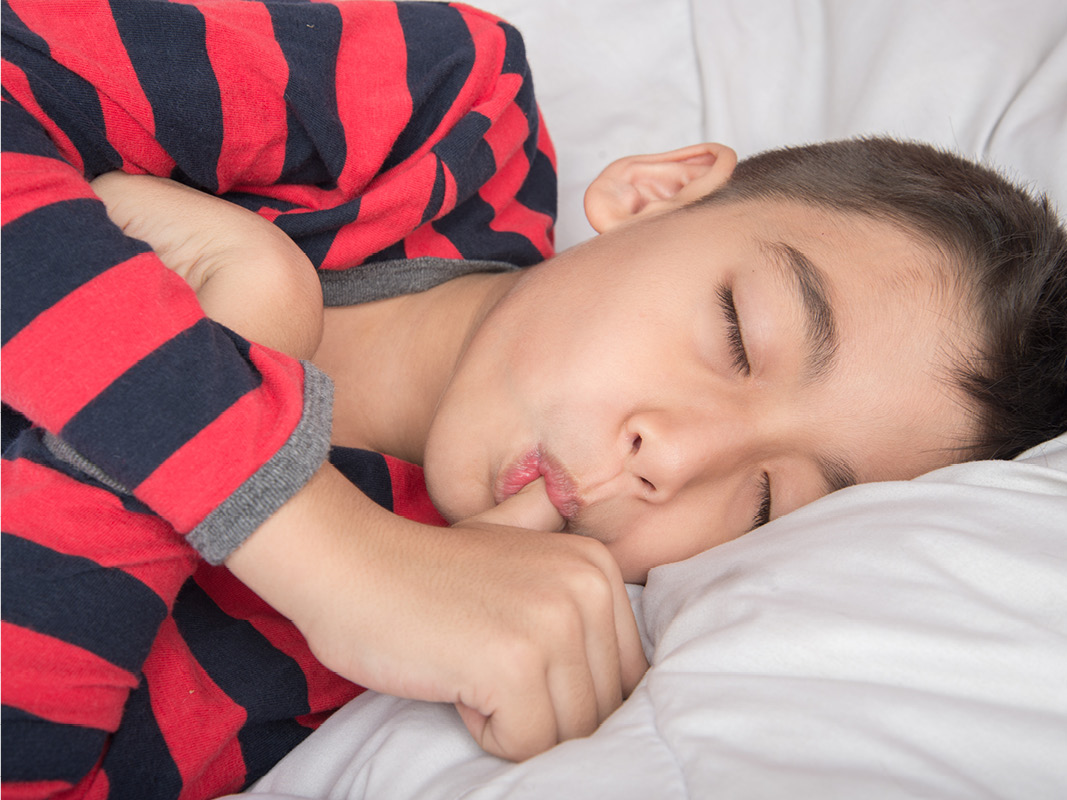Families are astounded at how easily Myofunctional Therapy can eliminate habits that contribute to the problem through a series of exercises that can take as little as five minutes at a time, twice to three times a day. Often, just stopping the habit will shorten the time required for orthodontics (braces) and improve speech and articulation.
It is often difficult to isolate the particular source that causes an Orofacial Myofunctional Disorder (OMD). In most cases, it is the result of a combination of factors. That’s why we look at Myofunctional Therapy, a treatment that includes elimination of habits that contribute to the problem.
Many experts suggest that OMDs can develop as a result of the following:
- A restricted nasal airway due to enlarge tonsils or adenoids, a deviated septum, and/or allergies
- Improper oral habits such as thumb or finger sucking; cheek, nail or cuticle biting; teeth clenching or grinding; and tongue, lip or cheek sucking
- Extended use of a pacifier or sippy cup
- Structural of physiological abnormalities that may include a short lingual frenum (also known as tongue-tie)
- Neurological deficits
- Developmental delays
- Hereditary predisposition
Myofunctional Therapy for OMDs can help a wide range of ages, from children as young as two years old through those in their 60s, with mild to severe issues with teeth, lips, speech and facial development.
Patients are often referred to Myofunctional Therapy not only by orthodontists, but by dentists, teachers and counselors. If you’d like to learn more about this treatment, contact Airway & Sleep Group.

